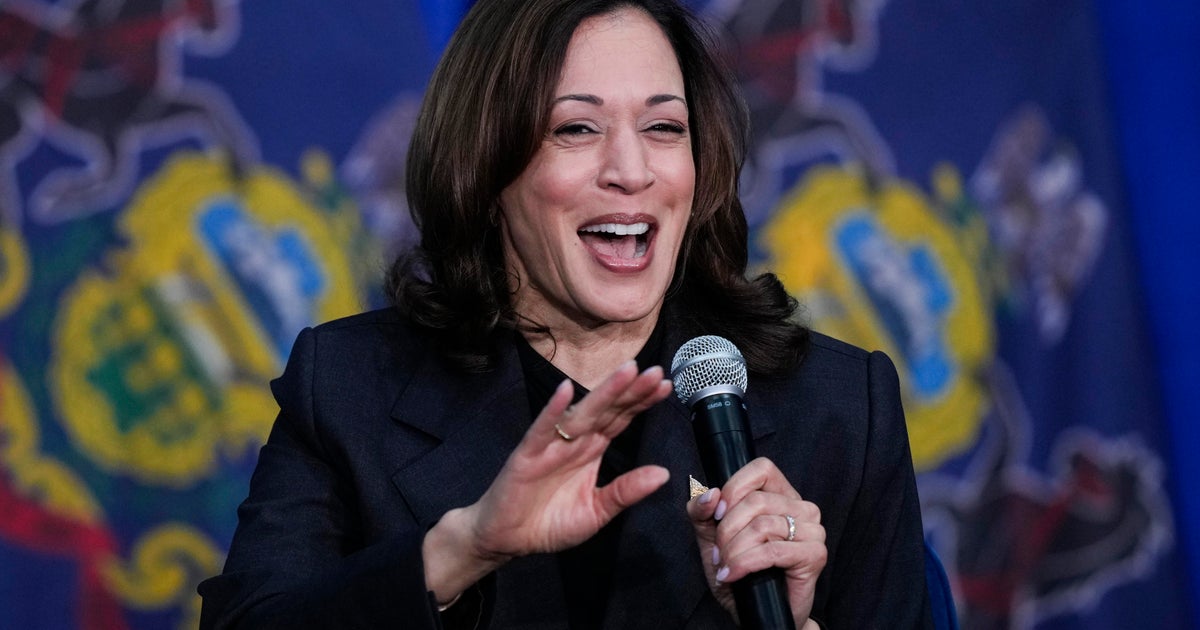Positioning your portfolio for Nov. 9 and beyond
Hillary Clinton’s odds of clinching the presidency on Nov. 8 have narrowed as campaign 2016 finally draws to a close. But if she does prevail, she’ll be breaking not only the glass ceiling as the first woman to be elected U.S. president but she would also shatter a long-held tradition on Wall Street.
That would be a pattern that has held since 1944: When the S&P 500 falls in price from July 31 through Oct. 31, a Republican victory occurs. And sure enough, the S&P 500 fell 2.2 percent from this July 31 through Oct. 31, implying -- but not guaranteeing -- a Republican will be elected as president, noted Sam Stovall, chief investment strategist at CFRA, formerly S&P Global Market Intelligence.
That has been the case 86 percent of the time, Stovall pointed out. The only time this didn’t happen, he added, was in 1956, “more likely due to geopolitical tensions surrounding Egypt’s seizure of the Sue Canal and the Hungarian uprising than the belief that Adlai Stevenson would unseat Dwight Eisenhower.”
Stovall warns that should Donald Trump win, “we believe a Republican victory could trigger a further decline in prices, due to elevated uncertainty.” However, investors should view that “as a buying opportunity since we do not foresee a recession within the coming 12 months,” advised Stovall.
Beyond the impact of the election, the U.S. economic fundamental backdrop looks very positive, according to CFRA’s analysis.
Wall Street analysts are now expecting the first quarterly rise in S&P 500 operating earnings per share (EPS) since the second quarter of 2015, Stovall noted. Specifically, third-quarter results are projected at $30.49 per share, for a year-over-year increase of 2.9 percent, up from the initial estimate of a 1 percent drop.
Nine of the 11 S&P sectors are projected to report EPS growth, led by financials, materials and utilities, according to Stovall. And consumer discretionary, consumer staples, health care, industrials, real estate and technology are also expected to increase. What will record “the largest EPS decline is the energy sector,” said Stovall, “although the weakness continues to lessen.” Also recording losses are telecom services (-2.5 percent).
Projected S&P 500 EPS growth for 2017 has slipped, however, to 12.2 percent from 13.6 percent, according to data from S&P Capital IQ.
So how should investors address the situation, including the uncertainties related to Nov. 8?
Several issues that have roiled Wall Street have kept stocks range-bound, and certainly the elections have dominated investor concerns along with the imminent Fed action on interest rates.
But “resolving the uncertainty could drive stocks higher,” argued Lisa Shallett, head of investment and portfolio strategies at Morgan Stanley Wealth Management, in her latest report to clients. She advises investors “consider exploiting any market dislocations between now and Nov. 8 by adding U.S. large-cap value stocks with quality attributes.”
Since hitting a new high in July, the S&P 500 index had been recently stuck between 2,120 and 2,160, before dropping below 2,150 in October and moving down further to a close of 2,089 on Nov. 3. At the same time, non-U.S. stocks advanced 3.5 percent as measured by the “MSCI All Country World Index ex USA” (which excludes the U.S.).
That’s because globally, the economic news remained constructive, noted Shalett. Commodities and oil, in particular, have stabilized, China’s GDP growth maintained its 6.7 percent pace in the third quarter and global earnings estimates moved higher, she pointed out.
Part of the reason why U.S. investors ignored those positive developments, argued Shalett, was the continued angst about the likely December Fed rate hike -- and the looming presidential election results. U.S. stocks don’t appear expensive relative to interest rates and inflation, but “uncertainty among investors and business owners is at 40-year highs, and the appetite for risk-taking at a nadir,” she said.
Resolution of the election, especially for Congress, “has taken a renewed importance for determining policy direction,” Shalett said, “while the Fed rate hike in December will likely be greeted with relief -- at least by stock market investors.”
So a lot of good news lies ahead, despite the current uncertainty that’s hampering the market. “We believe that by year’s end, better growth, better inflation trends and improved prospects for fiscal spending will allow equities to move through to new highs,” said Shalett.
But what should investors watch out for if Clinton not only wins but creates a Democratic sweep? Shalett believes investors should be wary of relative underperformance of financials, health care and consumer discretionary stocks “as a proxy for odds of a Democratic sweep.”
That runs counter, however, to the analysis of Stovall and his team at CFRA. They argue that nine of the 11 S&P sectors are projected to report growth, led by financials, materials and utilities. They also expect consumer discretionary, consumer staples, health care, industrials, real estate and technology to show increased growth.
S&P currently recommends as “overweight” the consumer discretionary and health care sectors. Rated as “underweight” are the energy and utilities sectors.
The stocks CFRA analysts recommend as “strong buys” among the consumer discretionary sector are General Motors (GM) and Foot Locker (FL). In health care, among the standout stocks recommended as “strong buys” are Celgene (CELG) and Gilead Sciences (GILD).
The huge potential in GM is its focus on advanced technology, including artificial intelligence, which should eventually boost sales and earnings substantially. The stock hasn’t done much, stuck between $30 and $36 a share this year, but CFRA analyst Efraim Levy expects GM to hit $42 a share in a year based on its strong total return potential. That includes a dividend yield of 4.8 percent, helped by a 6 percent dividend boost earlier this year and projected share repurchases of about $5 billion over the next 18 months.
Foot Locker, a global retailer of athletic footwear and apparel, is among the overlooked and underpriced stocks in the industry. Its stock has risen this year from $50 a share to $67 but is expected hit $76 in 12 months. “We project mid-single-digit sales growth in fiscal year 2017 (ending in January) on a similar growth in comparable-store sales, consistent with management’s guidance,” said Tuna Amobi, equity analyst at CFRA, who rates the stock as a “strong buy.”
He sees “strong consumer demand on newness and innovation in the core product offerings, including basketball, running and casual footwear -- and the secular trend of more people leading an active lifestyle,” said Amobi in his most recent report on Foot Locker.
In health care, Celgene is a big bet on cancer treatments. It primarily develops and commercializes small-molecule drugs for the treatment of blood-borne and solid-tumor cancers and inflammatory diseases. Analyst Jeffrey Loo of CFRA sees robust sales growth in 2016 and 2017 of 22.1 percent and 16.8 percent, to $11.3 billion and $13.2 billion, respectively. With the stock at about $103 a share, Loo has a price target of $143, in part based on his below-peers earning estimates that are discounted for some growth that depends on approvals and label expansion.
Gilead is another powerhouse in health care with its development and commercialization of important treatments on viral, bacterial and fungal infections, as well as cancer, respiratory disorders and cardiovascular conditions. The company’s primary focus includes human immunodeficiency virus (HIV); liver diseases, such as chronic hepatitis C virus infection (HCV) and chronic hepatitis B virus (HBV) infection; oncology and inflammation.
But sales of some of its major products have slowed, causing analyst Loo to cut his 12-month price target to $105 a share from $125, based on below peers 9.2 times his next 12 months earnings estimate of $2.75, down from an earlier $3.22 forecast.
While sales have slowed for some of its drugs, including Harvoni, a treatment for HCV, sales of its HIV drug were strong, up about 20 percent. So Loo still views the stock is “attractively valued” at 6.6 times his earnings for the next 12 months.




